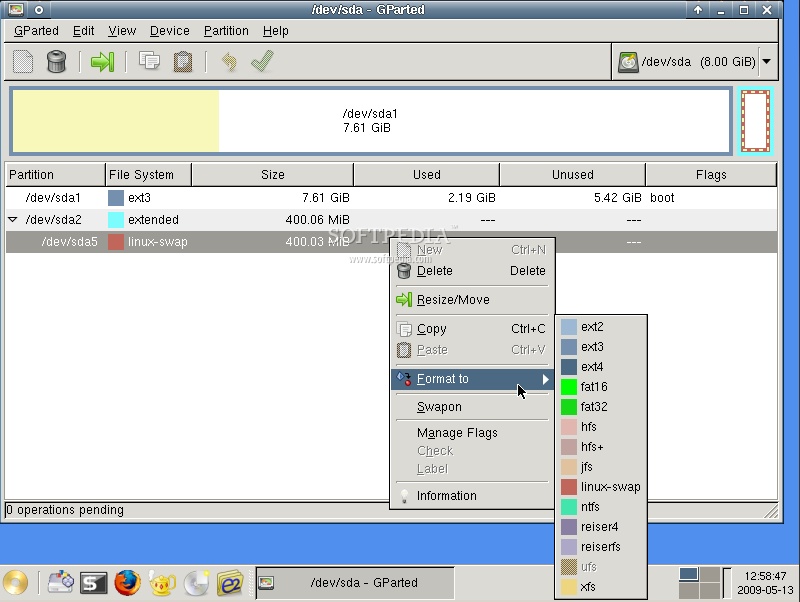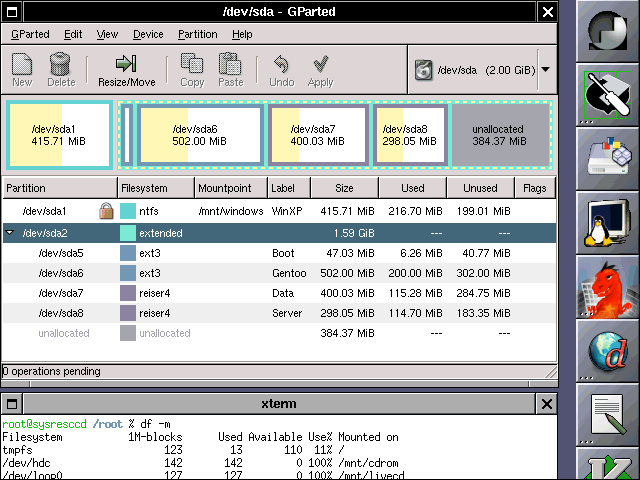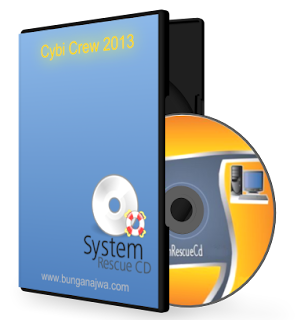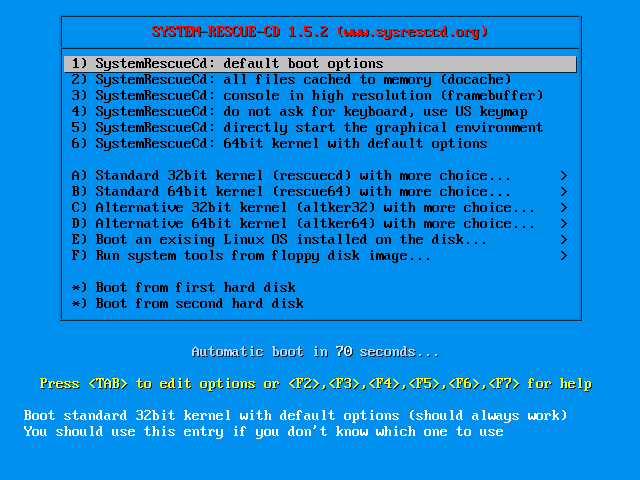

#Systemrescuecd size driver
SCAP workbench will help to harden the server with industry adopted standard.īitcricket will help to calculate. The rescue disk contains a wealth of utilities, including malware and rootkit detection, antivirus scanning, temporary file cleaners, data and driver backups, hardware scanning, partition scanning, imaging and saving, and even password crackers.
#Systemrescuecd size software
PingPlotter: Graphical Traceroute Software : same as MTR tool available in Linux This makes use of all remaining free space so that none is wasted from when we previously shrunk the file system to a lower size than the logical volume.SystemRescueCd is a Linux system rescue disk available as a bootable CD-ROM or USB stickfor administrating or repairing your system and data after a crash Once you have confirmed it’s fine to proceed enter ‘y’ and press enter.Īfter the logical volume has been lowered to the required size, run resize2fs on the volume as this will extend the file system to use all available space within the logical volume. Once you execute the lvreduce command you will get a warning advising the size you have chosen to reduce to so use this as a chance to confirm you’re shrinking the logical volume to a size that is NOT smaller than the size you previously shrunk the file system to. SystemRescueCd is a Linux system rescue disk available as a bootable CD-ROM or USB stick for. You can also boot SystemRescue using the cowspacesize boot parameter to increase the size of the Copy-On-Write area which is set to 25 of the physical RAM. To reduce by 10G lvreduce -L -10G /dev/vg/root To reduce to 900G lvreduce -L 5G /dev/vg/root Click On-demand scan and select Smart scan or Custom scan.
#Systemrescuecd size update
Once the program starts, click Update to download the latest signatures. Both are shown below for completeness, however you only need to run one. Insert your ESET SysRescue Live CD/USB & reboot. Instead if you want to reduce by a specified size, simply put a – in front of the size. SystemRescue is not intended to be used as a permanent operating system. The primary purpose of SystemRescue is to repair unbootable or otherwise damaged computer systems after a system crash.

Reduce this to the size that you want the volume to be, as specified by the -L flag. SystemRescue (Previously known as 'SystemRescueCD') is a Linux distribution for x86 64 and x86 computers.

Add a comment 1 Answer Sorted by: Reset to default 0 Seems to be an issue with the newer versions of SystemRescueCD - downgrading to 6.0.3 makes it work. Once the file system has been reduced, we can shrink the size of the logical volume with the lvreduce command. Downgrading to SystemRescueCD 6.0.3 makes it work.

The command below will shrink the file system so taht it is only 900G in size total. File system check e2fsck -fy /dev/vg/root In this case, /dev/vg/root is the root logical volume. Boot into SystemRescueCDįind out the root logical volume lvdisplay We are going to move LVM partition from /dev/sdb1 to /dev/sda3. We have two disk the root partition is in /dev/sda2. In order to shrink root logical volume, we must boot into a live CD like SystemRescueCD. Unlike standard partition (ext4 file system). Updated kernel to Long-Term-Supported linux-4.19.94 Disk space optimisations to reduce the size of the ISO image Added flashrom + par2cmdline + whdd. Shrinking logical volume (LVM) must go through several steps.


 0 kommentar(er)
0 kommentar(er)
